Table of Contents
Toggle“Leading SAFe” is a course and a certification provided by Scaled Agile, Inc., which is designed to help individuals and organizations implement the Scaled Agile Framework (SAFe). The course is aimed at executives, managers, and leaders who are involved in leading a Lean-Agile transformation at the enterprise level.
Key features of the Leading SAFe Certification
1. Understanding SAFe Principles
The course provides a comprehensive understanding of the principles and practices of SAFe. It covers the principles of Lean, Agile, and product development flow, as well as how to apply them in an enterprise context.
2. Leading Change
Participants learn how to lead a Lean-Agile transformation by understanding the challenges, benefits, and mindset required to successfully implement SAFe.
3. Implementing SAFe
The course covers practical guidance on implementing SAFe, including organizing Agile Release Trains (ARTs), building a Lean-Agile mindset, and fostering a culture of continuous improvement.
4. Leading with Agility
The training explores leadership roles in an Agile enterprise, including the responsibilities of managers, executives, and leaders in enabling Agile teams and driving change.
5. Certification
Successful completion of the “Leading SAFe” course and passing the exam leads to the “SAFe Agilist” certification, which signifies your understanding of SAFe principles and your ability to lead a Lean-Agile transformation.
The “Leading SAFe” course typically involves two days of training and includes a mix of lectures, group discussions, exercises, and case studies to provide a holistic understanding of SAFe. It is often delivered by SAFe Program Consultants (SPCs), who are experienced SAFe practitioners and trainers.
This certification is valuable for individuals who are looking to lead, guide, and support Lean-Agile transformations within their organizations, whether they are at the executive, management, or leadership levels. It equips them with the knowledge and tools to effectively implement SAFe principles and practices to improve productivity, quality, and customer satisfaction.
Preparation for Leading SAFe Certification Exam
Please note that the specific details and content may have evolved with newer versions of SAFe, so it’s essential to check the latest materials and guidance from Scaled Agile, Inc. Here’s a general approach for preparing for the Leading SAFe certification exam:
1. Review Official Materials
Start by reviewing the official SAFe 6.0 materials provided by Scaled Agile, Inc. These materials include the SAFe Big Picture, study guides, and practice exams. Ensure you have access to the most up-to-date resources.
2. Attend a Leading SAFe Course
Enroll in a Leading SAFe 6.0 course offered by a certified SAFe training provider. This course will provide you with comprehensive training and knowledge about SAFe principles, practices, and the latest updates.
3. Understand SAFe Principles
Develop a deep understanding of SAFe principles and values. These are critical to passing the certification exam and applying SAFe principles in practice.
4. Practice with Sample Questions
Utilize practice exams and sample questions to test your knowledge and improve your exam-taking skills. You can often find practice exams on the Scaled Agile website or through reputable training providers.
5. Study Lean-Agile Principles
Study the Lean-Agile principles and how they are applied within SAFe. These principles are foundational to the framework.
6. Stay Current with SAFe 6.0 Updates
Understand any updates or changes introduced in SAFe 6.0 compared to previous versions. Scaled Agile, Inc. typically provides documentation about the changes in each new release.
7. Lean-Agile Leadership Principles
Familiarize yourself with the Lean-Agile leadership principles and how they play a role in SAFe.
8. Attend Workshops and Seminars
Participate in workshops or seminars related to SAFe or Lean-Agile principles. These can provide valuable insights and practical knowledge.
9. Seek Guidance from SAFe Professionals
Connect with SAFe professionals who have already obtained the certification or have experience with SAFe implementations. They can provide valuable insights and advice.
10. Join SAFe Communities
Join online forums or communities related to SAFe and Agile methodologies. Engaging with these communities can help you share experiences and learn from others.
11. Practical Experience
If possible, apply SAFe principles in your workplace or practice scenarios. Practical experience can reinforce your knowledge and understanding.
12. Time Management
Plan your study schedule well in advance of the exam and allocate time for different topics and revision.
13. Review and Refresh
In the days leading up to the exam, revisit key concepts, principles, and practice questions to reinforce your knowledge.
Always refer to the most current resources and materials provided by Scaled Agile, Inc. or certified SAFe training providers for the latest information and updates related to SAFe 6.0. This will ensure that you are well-prepared for the Leading SAFe 6.0 certification exam in 2024 or any future date.
Study Guide for Leading Safe Exam Preparation
To effectively use a study guide for Leading SAFe 6.0 exam preparation, follow these steps:
1. Get the Official Study Guide
Ensure you have access to the official study guide for Leading SAFe 6.0, which is typically provided by Scaled Agile, Inc. This guide is specifically designed to help you prepare for the exam.
2. Understand the Exam Domains
Leading SAFe exams are organized into domains or categories of knowledge. Familiarize yourself with the domains and their relative weight in the exam. The study guide will usually provide this information.
3. Create a Study Plan
Develop a structured study plan that covers all domains and gives you ample time to review the material thoroughly. Consider the number of study hours you can commit each day or week.
4. Read Thoroughly
Read through the study guide carefully. Pay attention to key concepts, principles, and practices discussed in each domain. Take notes if that helps you remember.
5. Use Additional Resources
While the study guide is your primary resource, you can supplement your learning with other materials, such as articles, books, and online resources. This can provide different perspectives and reinforce your understanding.
6. Practice Questions
Many study guides include practice questions and sample exams. Complete these to test your knowledge and become familiar with the exam format. If the guide doesn’t include practice questions, consider finding additional practice exams online.
7. Highlight and Annotate
Highlight or underline key points and use the margins to make notes in your study guide. This can make it easier to review and reinforce your learning.
8. Interactive Learning
Engage in interactive learning, such as discussions with colleagues or joining study groups where you can share insights and learn from others.
9. Flashcards
Create flashcards to help you memorize important terms, concepts, and SAFe principles. Review these regularly.
10. Domain-specific Focus
Allocate more time to domains where you feel less confident. Your study plan should be flexible to allow you to focus on your weaker areas.
11. Practice Exams
Take full-length practice exams under exam conditions (timed and without access to study materials) to assess your readiness. Analyze your results to identify areas that need further attention.
12. Review and Revise
In the days leading up to the exam, revisit the study guide and your notes. Focus on reinforcing your understanding and memorizing key information.
13. Stay Updated
Ensure that the study guide aligns with the latest version of the Leading SAFe certification exam. Scaled Agile, Inc. occasionally updates the exam content, so make sure you are studying the most current material.
14. Stay Calm and Confident
On exam day, stay calm and confident. Trust your preparation and time management skills to complete the exam within the allotted time.
15. Follow the Exam Guidelines
During the exam, carefully read and follow the guidelines provided. Answer the questions you are sure of first and mark those that need further review.
Remember that effective preparation is not just about reading through the study guide but also actively engaging with the material and using a variety of study techniques to reinforce your understanding. Good luck with your Leading SAFe 6.0 exam preparation!
Useful Books for the Preparation of Leading SAFe Exam
When preparing for the Leading SAFe 6.0 exam, it’s essential to have a solid understanding of SAFe principles, practices, and the role of an SAFe leader. While there might not be specific books dedicated to Leading SAFe 6.0, you can refer to the following recommended books to gain knowledge and insights into SAFe, Lean-Agile principles, and leadership in an Agile environment:
Although not focused on SAFe, this book explores leadership and team dynamics, which are important for SAFe leaders.
While these books can provide valuable background knowledge and insights, be sure to combine your reading with hands-on experience, practice exams, and the official SAFe 6.0 study materials to ensure you’re fully prepared for the Leading SAFe 6.0 exam. Additionally, make sure to check Scaled Agile’s website or official resources for any specific exam preparation materials or guides for SAFe 6.0.
"SAFe 5.0 Distilled: Achieving Business Agility with the Scaled Agile Framework" by Richard Knaster and Dean Leffingwell
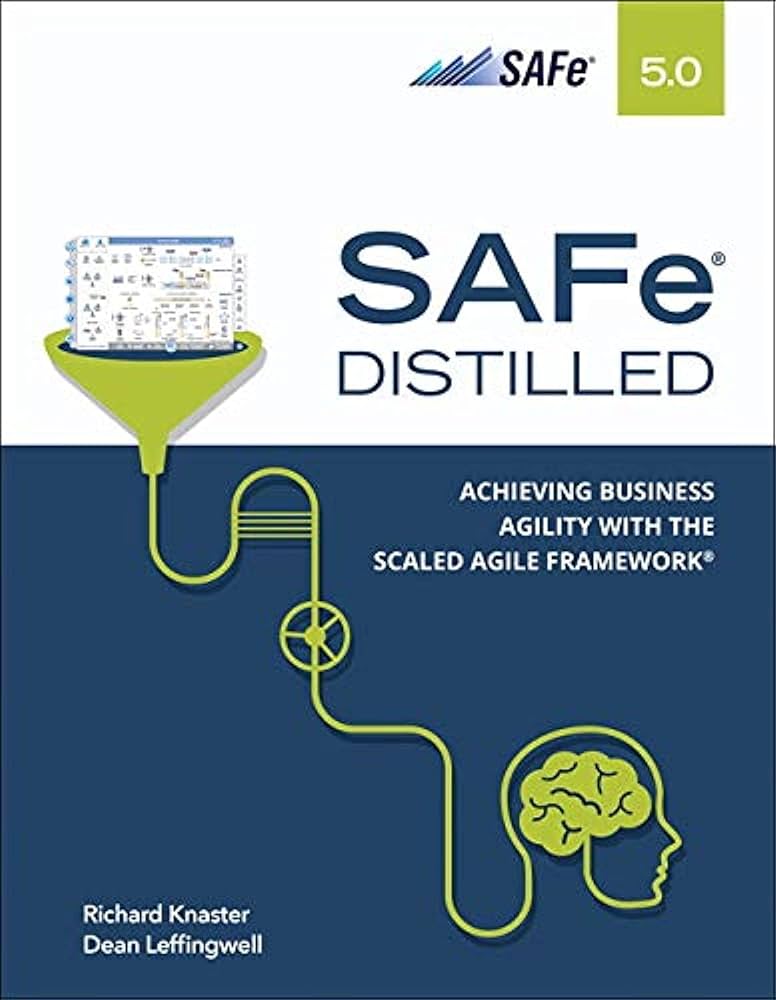
This book provides an excellent overview of the Scaled Agile Framework, including Lean-Agile principles and practices. Although it’s based on SAFe 5.0, the fundamental concepts are valuable for understanding SAFe 6.0.
"Agile Software Requirements: Lean Requirements Practices for Teams, Programs, and the Enterprise" by Dean Leffingwell
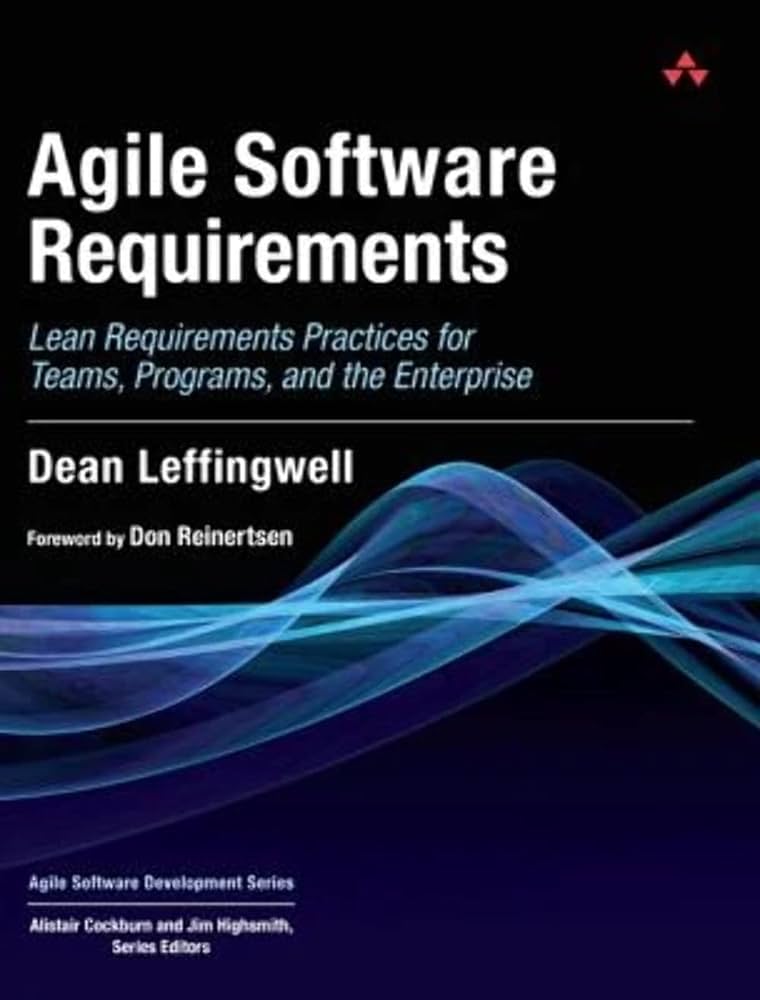
Understanding how Agile requirements work is crucial for leadership roles in SAFe. This book provides insights into Agile requirements and how they fit into the SAFe framework.
"Lean-Agile Software Development: Achieving Enterprise Agility" by Alan Shalloway, Guy Beaver, and James Trott
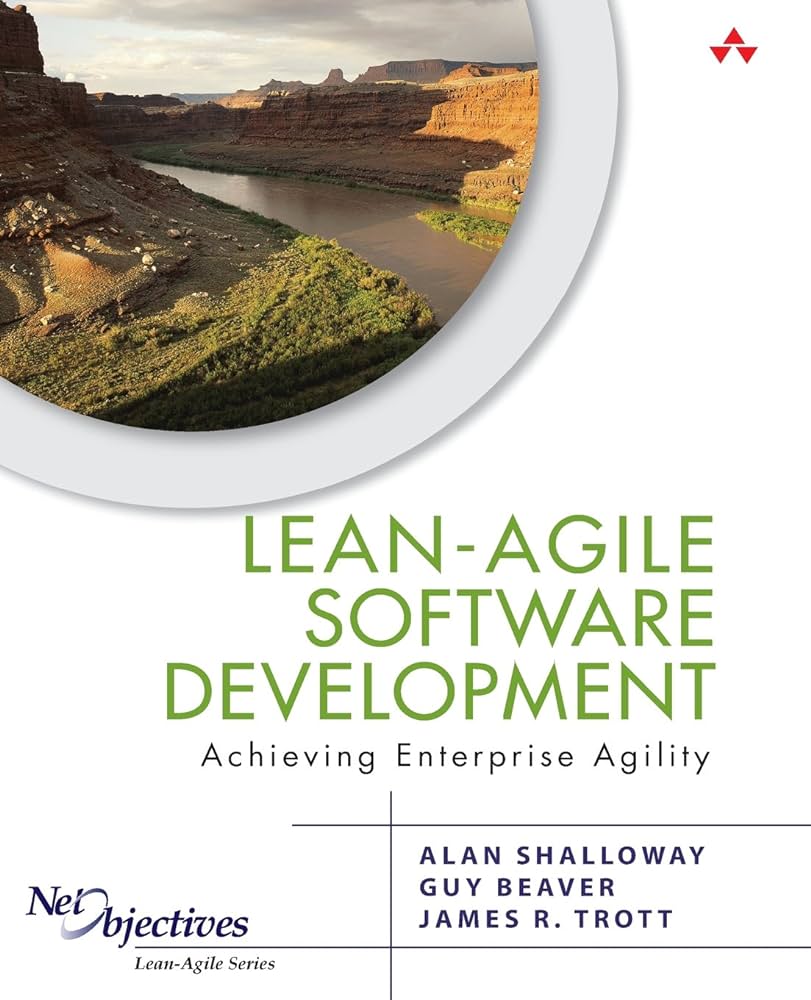
This book delves into the principles of Lean-Agile development and how they are applied in large enterprises. It can help you understand the foundational principles of SAFe.
"The Phoenix Project: A Novel about IT, DevOps, and Helping Your Business Win" by Gene Kim, Kevin Behr, and George Spafford
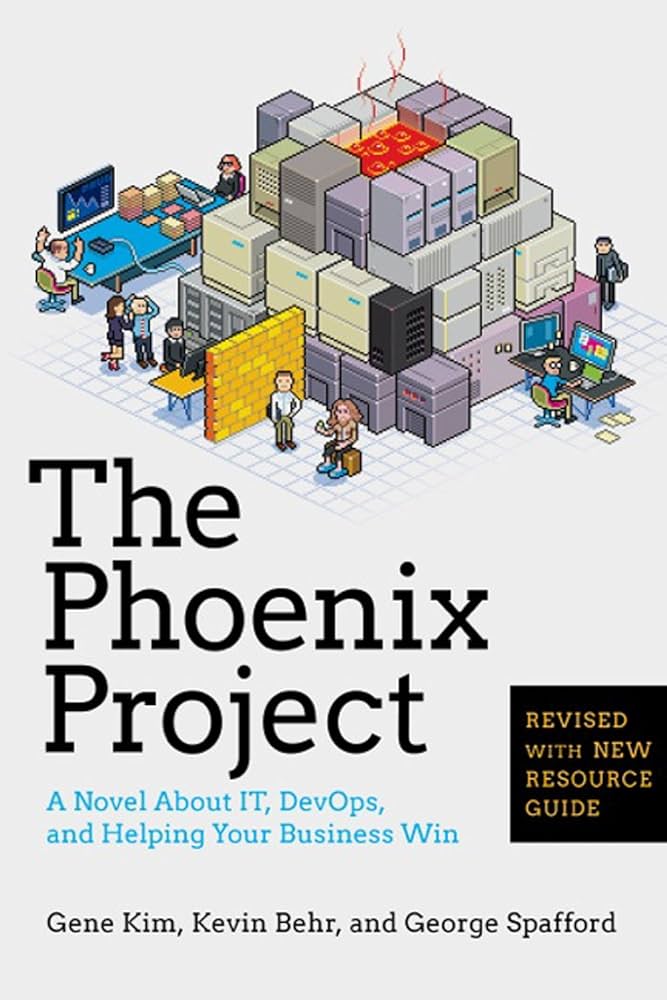
While not SAFe-specific, this novel offers a great introduction to DevOps and Agile practices within an enterprise context, which aligns with SAFe principles.
"The Agile Samurai: How Agile Masters Deliver Great Software" by Jonathan Rasmusson
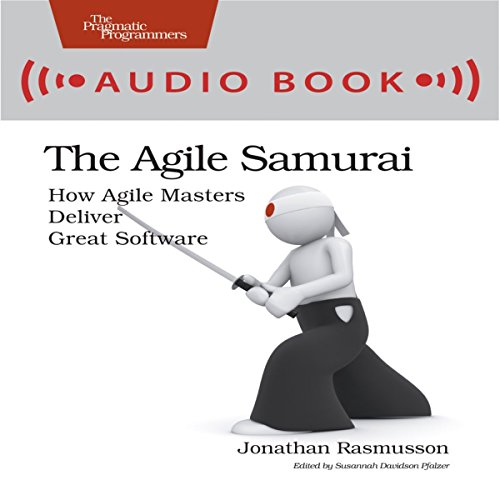
This book provides a clear introduction to Agile principles and practices, which are fundamental to SAFe.
"Leaders Eat Last: Why Some Teams Pull Together and Others Don't" by Simon Sinek
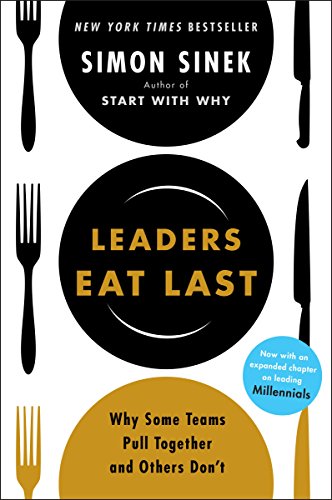
Although not focused on SAFe, this book explores leadership and team dynamics, which are important for SAFe leaders.
While these books can provide valuable background knowledge and insights, be sure to combine your reading with hands-on experience, practice exams, and the official SAFe 6.0 study materials to ensure you’re fully prepared for the Leading SAFe 6.0 exam. Additionally, make sure to check Scaled Agile’s website or official resources for any specific exam preparation materials or guides for SAFe 6.0.
Leading SAFe Certification Cost
As per the last update in March 2023, the cost of the “Leading SAFe” certification exam and the reattempt policy may vary depending on your location, the training provider, and any specific offers or changes made by Scaled Agile, Inc. Here are some general considerations:
- Training and Certification Exam Fee: The cost of the “Leading SAFe” Training & certification exam typically ranges from USD 495 to USD 750. However, these fees can vary, so it’s best to check the Scaled Agile, Inc. website or contact a certified training provider for the most accurate and up-to-date pricing information.
- First Attempt: When you enroll in the “Leading SAFe” course with a certified training provider, the exam fee may be included in the course fee, or it may be an additional cost. It’s essential to clarify this with your chosen training provider.
- Reattempt Policy: If you do not pass the exam on your first attempt, Scaled Agile, Inc. typically allows you to retake the exam for USD 50. There may be a waiting period before you can reattempt the exam, and there may be an additional fee for each reattempt. The exact reattempt policy and fees can vary, so it’s essential to check the latest information on the Scaled Agile website or contact your training provider.
Keep in mind that policies and fees can change over time, so it’s crucial to verify the specific cost and reattempt policies for the “Leading SAFe” certification exam from the official sources or the SAFe training provider you plan to engage with. Additionally, when considering the costs, take into account any course fees, study materials, and other related expenses associated with your certification journey.
Top FAQ on SAFe Agilist Training and Certification Course
1. How to Clear SAFe Certification Exam on the First Attempt?
Clearing the SAFe Agilist certification exam on your first attempt requires a strategic approach and thorough preparation. Here are some steps to help you succeed:
- Understand the Exam Format
- Study the Exam Syllabus
- Attend a Leading SAFe Training Course
- Invest in SAFe Study Materials
- Take Practice Exams
- Review Your Answers
- Maintain a positive attitude and confidence in your preparation
2. Is SAFe Certification Open Book?
SAFe (Scaled Agile Framework) certification exams are generally not open-book. Most SAFe certification exams are designed to assess your knowledge and understanding of the SAFe framework, principles, practices, and concepts. You are typically expected to rely on your own knowledge and expertise to answer the exam questions.
During the exam, you will not be allowed to access any external materials, notes, or resources. You are usually required to complete the exam within a specified time frame and answer the questions based on what you have learned during your preparation and training.
It’s essential to review the specific guidelines and policies provided by the certification body or training provider for the SAFe certification you are pursuing, as exam formats and rules may vary depending on the specific certification you are aiming for. Always follow the rules and instructions provided for the particular certification exam you are taking.
3. Can I Download a Sample Questions for SAFe Agilist Certification?
To prepare for the SAFe Agilist certification exam, I recommend using the official SAFe training materials, which are provided during SAFe Agilist training classes. Additionally, you can use practice exams, study guides, and other resources provided by Scaled Agile, Inc. and accredited SAFe training providers. These materials will help you become familiar with the types of questions and topics that are covered in the exam.
4. What is the Best SAFe Certification?
The “best” SAFe (Scaled Agile Framework) certification depends on your specific role, experience, and career goals within the world of Agile and SAFe. SAFe offers a range of certifications, each catering to different roles and expertise levels. Here are some of the most popular SAFe certifications, and the best one for you depends on your context:
- SAFe Agilist (SA): This is an entry-level certification that provides a foundational understanding of SAFe principles. It’s suitable for team members, Scrum Masters, product owners, and leaders who want to start their SAFe journey.
- SAFe Scrum Master (SSM): Designed for Scrum Masters who work in a safe environment, this certification focuses on Scrum principles and practices within the context of SAFe.
- SAFe Product Owner/Product Manager (POPM): Targeted at product owners and product managers, this certification covers their roles and responsibilities within a SAFe framework.
- SAFe Advanced Scrum Master (SASM): This certification is for experienced Scrum Masters who want to deepen their knowledge of Scrum and Agile practices.
- SAFe Release Train Engineer (RTE): Intended for those who want to play the crucial role of Release Train Engineer, coordinating Agile Release Trains within the SAFe framework.
- SAFe DevOps Practitioner (SDP): Focusing on DevOps principles, this certification is valuable for professionals involved in software development and IT operations.
- SAFe Program Consultant (SPC): For individuals who want to become SAFe Program Consultants, capable of training and coaching organizations in implementing SAFe.
- SAFe Agile Software Engineer (ASE): Aimed at software engineers and developers who want to understand Agile and SAFe principles within a software development context.
- SAFe for Government (SGP): Tailored for government agencies and contractors looking to implement SAFe in the public sector.
The “best” certification depends on your current role, career goals, and the specific SAFe practices you want to specialize in. It’s often a good idea to start with the SAFe Agilist (SA) certification if you are new to SAFe. Then, you can choose a certification that aligns with your role or desired career path.
5. Is SAFe Certification Worth It?
The value of SAFe (Scaled Agile Framework) certification depends on your specific circumstances, career goals, and the needs of your organization. Here are some factors to consider when determining whether SAFe certification is worth it for you:
- Relevance to Your Role: SAFe certifications are designed for different roles within an organization, from team members and Scrum Masters to Product Owners, Release Train Engineers, and beyond. The value of a SAFe certification depends on how closely it aligns with your current or desired role.
- Career Advancement: Earning a SAFe certification can enhance your credentials and make you a more attractive candidate for job opportunities or career advancement within organizations that adopt SAFe practices.
- Organizational Needs: If your current or potential employer utilizes the SAFe framework, having SAFe-certified professionals on the team can be a valuable asset. Your certification can contribute to the success of Agile transformations and implementations within the organization.
- Knowledge and Skills: SAFe certifications come with training and knowledge that can help you better understand and apply Agile and SAFe principles, which can be beneficial for your career development.
- Professional Development: Certification programs often offer networking opportunities, access to communities, and ongoing education, which can be valuable for your professional growth.
- Validation of Expertise: Earning a SAFe certification provides external validation of your expertise in Agile and SAFe practices. It demonstrates your commitment to continuous learning and improvement.
- Market Demand: Consider the demand for SAFe-certified professionals in your job market or industry. In some regions and industries, SAFe certification is highly sought after.
- Return on Investment (ROI): Assess the cost of obtaining the certification, including training and exam fees, and weigh it against the potential career benefits and salary increases.
It’s important to note that SAFe certification is just one aspect of your professional development in the Agile field. It should be complemented by real-world experience and a deep understanding of Agile principles and practices. Additionally, the value of any certification is subjective and may vary from person to person.
Before pursuing SAFe certification, conduct a thorough assessment of your career goals and organizational context. If SAFe aligns with your needs and objectives, and you are committed to the principles it represents, it can be a worthwhile investment in your career.
